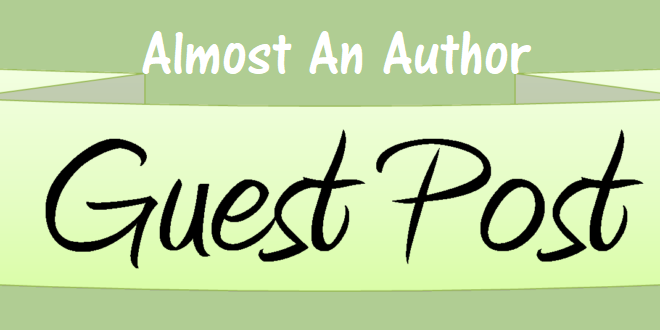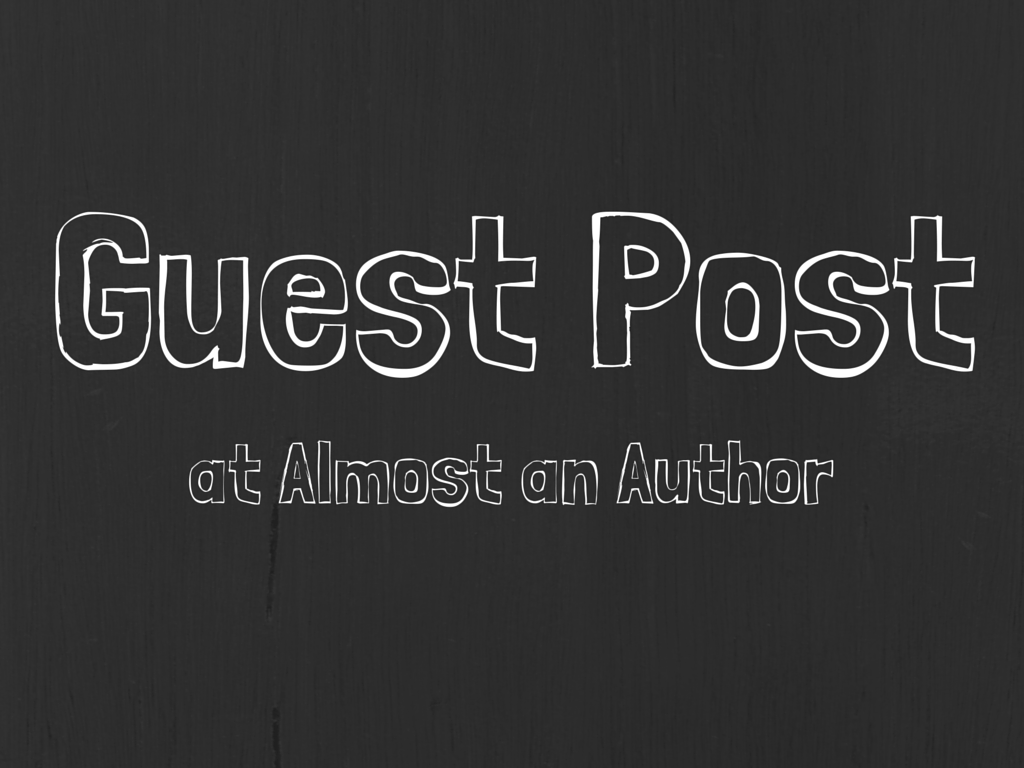Opinions. Opinions. More opinions float through a person’s mind in the course of a day than Aristotle has twelve-letter verbs, then Proust has flashbacks, than Joyce has commas, than Gabaldon has subplots. Multiply that number by 7.5 billion. It’s safe to say, opinions are something we humans have in common. What varies greatly is how vocal one can be with them. Freedom is the determinant of how strongly we may share our opinions. As fiction writers, we should never mitigate this liberty. Beware this danger zone. The simplest and most common way in fiction writing to miss all the caution signs is to base your story on a social issue. I know. I did it. Listen up, my chickadees, to a tale of caution:
About fifteen years ago, I wrote a novel.
Ugh.
At least I thought it was a novel. I sent query letters around to agents, eagerly describing my work as a novel about abortion. The lack of excitement—let alone interest—flummoxed me. I did enjoy receiving one piece of hate mail from a secular agent. The synopsis had engaged at least one person’s attention. At the time, I was raising four young children, so it was fairly easy to “bottom drawer” the manuscript. Someday, I thought to myself, there will be more interest—when I come across a sensible agent or audience. Truly, I had no clue who actually needed to become sensible.
Years later, I found myself in a graduate-level film school at a Christian university. Although screenwriting is just a cousin to novel writing, they share one absolutely essential element—story. I am glad to have had the training. There, layer by layer, I became (more) sensible. There were many delicious debates and papers about all things regarding story, genre, and narrative theory. As I studied the subject at a deeper level, I discovered what was wrong with my book.
What had escaped my attention years previously now made me blush at my naivete and ignorance. Guess those student loans were worth it. My novel was not character driven or plot driven; it was driven by … a social issue! Horror of horrors. Amid all the dos, don’ts, and great advice of those who have gone before us, there must be room for concern over yet another vital element. We must find the time for it because what drives our stories affects the finished product down to its very fiber. To better examine these motivations, let’s have a conversation regarding story as we take a familiar drive and reflect on what is under the hood.
Two types of vehicles for story leap to mind Click To TweetTwo types of vehicles for story leap to mind: one driven by character and one driven by plot. Energy or impetus for character-driven plots originates deep within the main characters. The force of a plot-driven story comes from the circumstances or environment in which characters find themselves. In a character-driven vehicle, the driver would be all about conversation, exploiting the time in the car to talk, dig deep, and learn about each other. Whether the journey takes place in the rain or at night, little importance is placed on what happens outside the car. It’s all about the journey.
In a plot-driven vehicle, the driver would be observant, taking the time to notice the all-important surroundings. She sees every mile sign and landmark and knows what type of cars and trucks surround her. For her, it is all about the destination.
When an author considers fiction as a means to explore a social issue, she must be circumspect because the issue is a mighty strong platform for conflict. Of course, conflict is oxygen to a story, as it propels the characters to choices and action. It is a path for our characters—the road on which they travel. A social issue can be a powerful vehicle but should be only that. If the issue takes over the story, disaster ensues.
A story, when viewed metaphorically as a painting, has a foreground, a middle ground, and a background. The social issue which threads through the story must be no closer than the deep middle ground, but preferably the background. When a social issue shines flashily in the foreground, it is certainly misplaced and becomes something very ugly: a message. A work of fiction is not a place for a message. When placed there, it wallops the reader over the head, shutting down the story by forcing an opinion on the reader rather than letting her arrive at her own conclusion. An essay or speech is the correct place for a message. Using an issue properly can provide a powerful tool, but the construction must be handled deftly. A boiling controversy is a marvelous source of conflict on many levels. Characters can really squirm under the light shed by great tension.
Now back to my first novel. It had plenty of conflict. What else could it have? It was about abortion. The slope was too slippery and the temptation was too great for me. I screamed the “right” opinion and heard in return the echo of a lonely, deep cave. Now it is the poster book for all that can go wrong when you grab a social issue by its tail. There was plenty of information-chunking, soapbox haranguing, and bold-face preaching with barely an ounce of divergent perspective. It was obnoxious, pure and simple.
A great example of social issues used properly is from the book, Q & A, by Vikas Swarup which was the basis for the film, Slumdog Millionaire (2008). Swarup wove scads of issues into a story that brought the poverty and degradation of India’s urban ghettoes to vivid life. Prostitution, thievery, class inequality, human trafficking, prejudice, greed—to name a few. Every inch of this story was conflict. Though the book was rife with these problems, the author nimbly used the issues as tools to keep the characters under severe, constant pressure. He kept the reader’s focus on the issue as well but didn’t weigh in much with opinions (until the last sentence). He allowed the reader plenty of latitude to interpret the situations and draw her own conclusions.
So, to sum up: a social issue can find a proper place in a work of fiction, but it must not be front and center. A good test is what you say when someone asks you about your book. If you say, “My book is about human trafficking,” then you need to drop the manuscript in the trash can and grab a blank piece of paper. If you say something like, “when Johnny discovers his fiancée is missing, he thinks it’s the worst thing to ever happen to him; but when he learns she’s really been trafficked, his world falls apart,” you are on the right track. A story is about the characters and what happens to them. When your audience is curious about them, you are on good ground. This story could have a social issue as an element, but one of many elements. Used in this way, it is a great thing. So, go boldly and wisely forward, wowing us all.
a social issue can find a proper place in a work of fiction, but it must not be front and center. Click To TweetADDENDUM: A trick question.
Let us consider Dr. Seuss’ story, The Lorax. Unabashedly pro-eco and anti-consumerism, the story rides high on a wave of social issues, as do many of his stories. Do you believe Suess’ overwhelming creativity serves well as a counter-balance to his foreground placement of the issues? Or do you feel the issues have walloped you too hard?
When Angela has spare time, she loves to quilt, sew period clothes, and partake of filmmaking. She earned a Master of Fine Arts in Script & Screenwriting from Regent University. Her screenplay, Life’s Other Side (2006) premiered on an American cable network and won several awards, including the Sabaoth International Film Festival in Milan, Italy. She is building a nonprofit organization to plant libraries in under-resourced locations. Her first was opened in Port-au-Prince, Haiti in 2017. Angela lives with her husband in Virginia in an ever-emptying nest. Hopefully, the dogs will not attend college.





 We love helping your growing in your writing career.
We love helping your growing in your writing career.

2 Comments
I’m not familiar enough with the Lorax to have an opinion. However, I’ve written books with social issues, and you hit this subject just right. Any social or spiritual issue need to sort of go on the shelf while you explore the story and weave it’s way in organically. Great job!
Love the article. I am writing a book with a few social issues but they are not front and center of the book. Thank you for this great information.